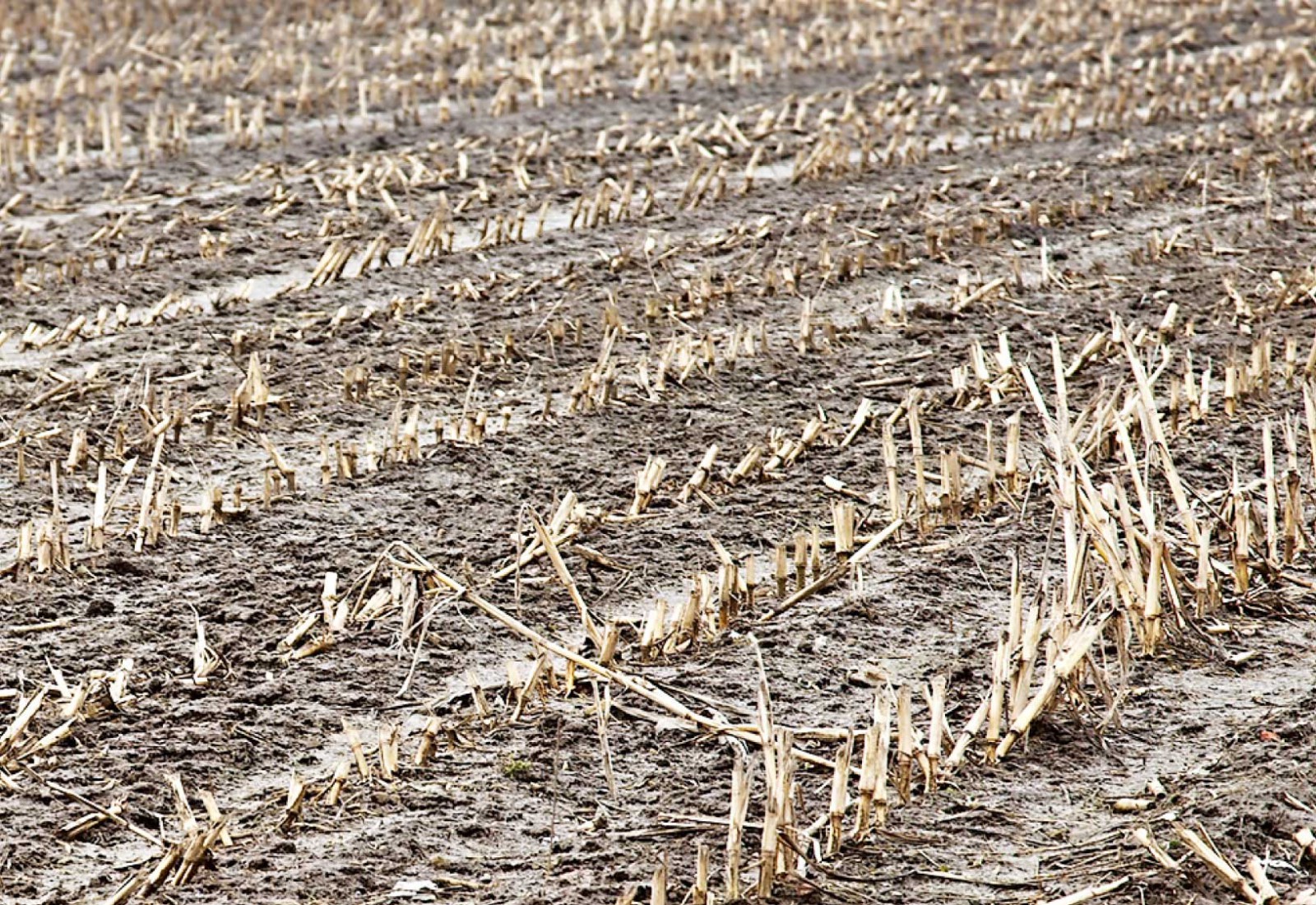Planting soybeans into wet and cold soil? Maybe wait a bit!

By John Dietz
Everybody is eager to be out on fields putting in the 2017 crop. But if one crop can wait a bit longer to plant, it probably is soybeans, according to Cassandra Tkachuk, the new Manitoba Pulse and Soybean Growers (MPSG) production specialist.
As an extension worker, Tkachuk has a challenging first spring.
Nearly everywhere, Manitoba soil conditions are pretty wet and cold. They have been wet-to-saturated since last October.
Often, late April has been warm and dry. Not this year. Frost has moved out of the top growing inches, but warmth really hasn’t moved in to replace the frost. So, May 1st may well be unfriendly for seeds that like dry and snuggly conditions.
Be careful
In this framework, Tkachuk says, pushing the envelope to seed earlier than ever probably isn’t a good idea in most of southern Manitoba. It’s not that you can’t do it, but you need to weigh your risks.
“You need to get your soybean crop off to a good start, so be careful with early season moisture,” she says. “Avoid mucking-in the soybeans. Putting them into soil that’s too wet can increase your risk of seedling mortality and reduced emergence.”
For instance, wet clay soil can pose a real risk. After soybeans are planted, the top layer of clay can dry and form a hard crust. The crust can kill.
“Soybeans have to push their cotyledons out of the ground. As they are emerging, the cotyledons can be damaged by soil crusting and even break off,” she says.
Always adjust seeding rates and depth for the actual conditions. If conditions are wet at seeding time this year, she suggests more shallow seed placement and an increased seeding rate to allow for more mortality.
Disease risk
The survival rate is less than predictable for baby beans planted early into cool, wet soil conditions.
Pythium, rhizoctonia, fusarium, and phytophthora root rot all like wet conditions. Pythium, in particular, likes cold soil.
All four diseases have been seen in Manitoba. They seem sporadic, depending on soil conditions and the susceptibility of the seed in the ground.
“Maybe you haven’t seen these diseases, or maybe you have only seen them affecting one or two plants, but the potential risk increases as you grow more crops of soybeans,” she says.
“If you are seeding into wet soils – and if you are trying to improve your soybean yields under these conditions – this may be the year that you could justify the use of a fungicide seed treatment. Keep in mind, seed treatments are effective only two to three weeks after seeding (not after emergence) and provide protection only up to the early leaf (or V) stages of soybeans.”
Putting a few minutes into the MPSG website (www.manitobapulse.ca) could be very rewarding, especially in the MPSG production resources section, Tkachuk adds.
For 2017, MPSG has added seedling disease and root rot information to the Soybean Seed Treatment Risk Assessment production resources. It has had a similar risk assessment for insect pests for a few years.
Tkachuk suggests, “This resource will help you determine whether or not you can justify the use of a fungicide seed treatment.”
Planting window options
Tkachuk studied soil temperature and planting date effects on soybeans in Manitoba for her M.Sc. degree.
“The planting window for soybeans is a lot wider than we originally expected,” she says. “Knowing that growers have a lot of soybeans, I advise them to not seed all of their soybeans at the same time.”
She adds, “Spread out the risk. If you have a lot of soybean acres going in, spread out the planting dates to mitigate your risk.”
It also may be helpful to think about frost risk at both ends of the growing season. A killing frost, 2.2 degrees Celsius, can devastate your soybean crop in late May and in early September.
“Our study saw good yields from early planting at Carman. But you can’t definitively say that planting early is fine because there is still that risk of frost,” she says. “I recommend that soybeans be planted prior to the end of May for the best yield potential, but knowing your frost risk for the early part of the planting period is important.”
Frost risk maps are available online. The maps give calendar dates for when frost is most likely to occur at your location in the province every one in two years, one in four years, and one in ten years.
Finally, while Tkachuk recommends that growers seed soybeans before May 31st, there’s still wiggle-room.
“If you are still experiencing wet soil and can’t plant until the start of June, you may still see decent soybean yields from planting very early in June,” she says.


